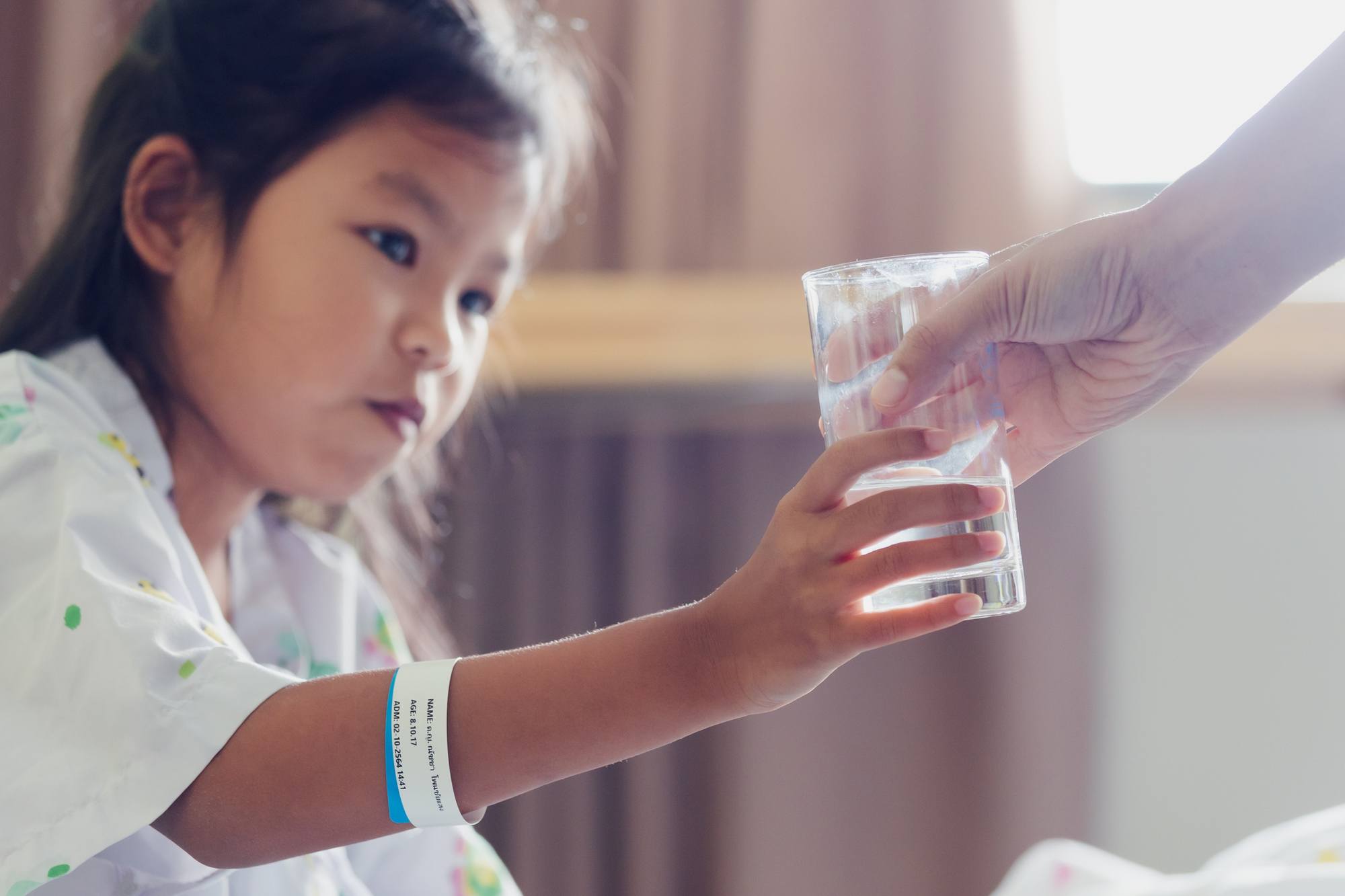
Education
Legionella pneumophila
This article explores a well-known pathogen to healthcare facilities worldwide, Legionella pneumophila (Lp). Premise plumbing systems serve as the coziest of homes to this harmful and sometimes deadly bug, making routine biosurveillance efforts a must. The article speaks to metabolic and cellular composition, preferred habitats, harmful effects, and preventative measures of Legionella pneumophila.
Legionella pneumophila and Legionnaires’ disease
Legionella pneumophila (Lp) is the opportunistic waterborne pathogen that we usually hear about most frequently in the field of infection prevention at state health departments, hospitals, or secondary and tertiary care facilities. A Lp infection causes Legionellosis, more commonly known as Legionnaires’ disease (LD), a potentially fatal pneumonia. There are two types of Legionellosis, non-pneumonic legionellosis, called Pontiac Fever and pneumonic legionellosis, called Legionnaires’ disease. You can trace the etymology of the name to an outbreak that occurred at an American Legion building in Pennsylvania in 1976. The non-pneumonia causing disease, Pontiac Fever, gets its name from the town in Michigan where the first known case was reported.
The Legionella genus has 50 different species and 70 sets of serological (sero) groups. Probably all species of Legionella can cause illness, but only about half of the known species have been implicated in human disease. Lp causes most of the infections and Lp SG1 is the most prevalent disease-causing variant. It’s gram-negative, rod-shaped, and non-spore forming. It has pili and most species are motile, using a single flagellum for translocation.
Notable characteristics of Legionella pneumophila
Lp is unable to synthesize critical amino acids, and therefore, has limited or absent supplies of carbon and nitrogen energy stores. Because of these metabolic deficiencies, it behaves as a parasite to amoebae and other protozoans, exploiting it as a host for its amino acids and therefore energy. It can use the protozoan as both a kind of shield from existential threats and as a lifeline for nutrients and survival. They even get put in a special category by microbiologists for this function, Amoebae Resisting Bacteria (ARBs) or Amoebae Resisting Microorganisms (ARMs). Additionally, its activity of constructing persistent biofilms is thought to be a similar survival adaptation.
Environments of Legionella pneumophila
When it comes to environment, Lp is ubiquitous in freshwater environments and some strains can be found in soil, but most tend to thrive in water distribution or premise plumbing systems. In part, this is because of the higher temperatures in plumbing networks and the ease with which the Legionella organisms can form and maintain biofilms or take advantage of the presence of protozoans, such as free-living amoebae. Lp is facultative, which means it has adapted to survive in oxygenated or deoxygenated environments. Plumbing networks that we use to drink our water are ideal habitats for pneumonia-causing microorganisms.
Patient risk associated with Legionella pneumophila
The most recurring culprit for infection causing bilobular pneumonia is LpSG1. Individuals only become infected with the microbe when contaminated water becomes aerosolized. The most likely places one is going to acquire Lp is from a warm water distribution network that has a fixture that allows water to become atomized and inhaled by a host. So, we’re talking about vegetable misters, sprinklers, HVAC systems, hot tubs, decorative fountains, shower heads, humidifiers, sinks, and even places like cooling towers. Basically, any place where contaminated water mists, humidifies, or splashes. The key here is two parts: the water source must have the Lp in it and the water must be inhaled after being aerosolized. Simply drinking, swallowing, or having mucosal membranes exposed to Lp won’t cause an infection. When it comes to who is most at-risk, those with suppressed immune systems would have a higher infection rate; individuals over the age of 60 tend to be more susceptible, and those with a history of smoking, COPD, emphysema, or other lung disease are going to acquire the infection more easily, and consequently pneumonia or fever.
One of the persistent challenges with having multiple varieties of pathogenic Legionella is that they are difficult to account for as a precise source of infection, in part because not enough cases get reported in the right channels. But, it’s also because although some people might become symptomatic, their symptoms end up not requiring treatment, and therefore they’re never seen by medical professionals to account for the infection. Routine biosurveillance of premise plumbing networks will help close the gap between known quantities of pathogens and reported infections across the country.
Want to know more?
Reach out for quotes, additional product details, inventory status, installation questions and more.

